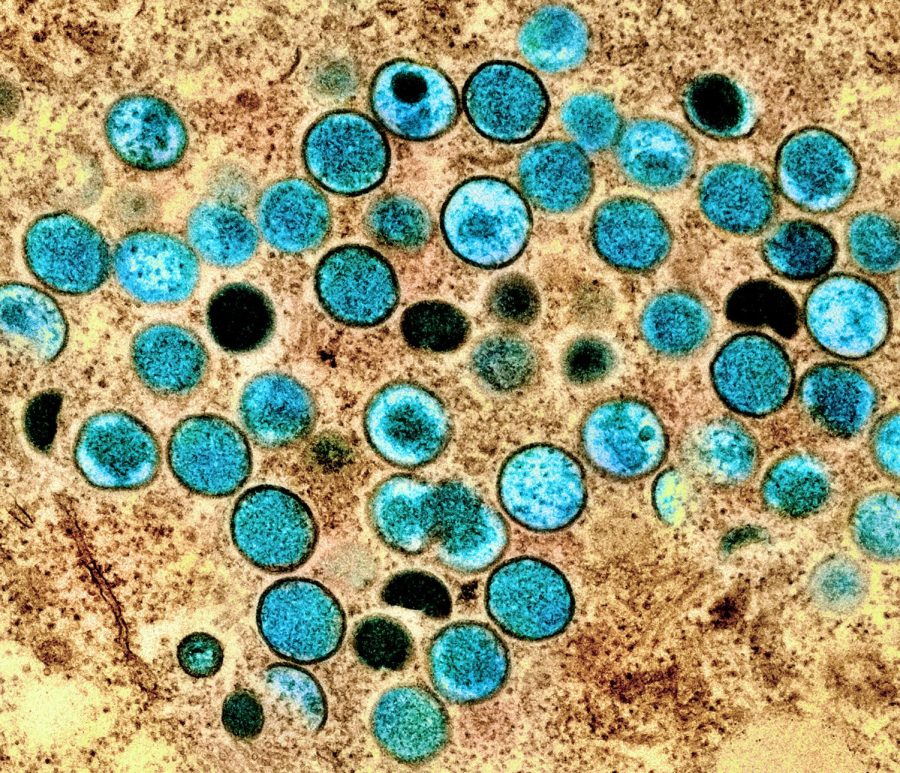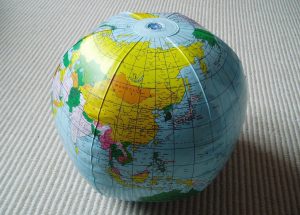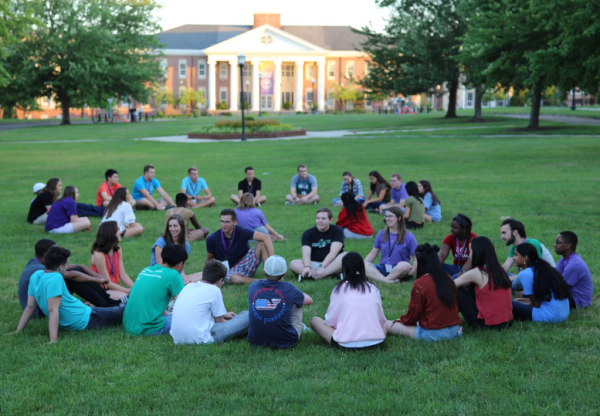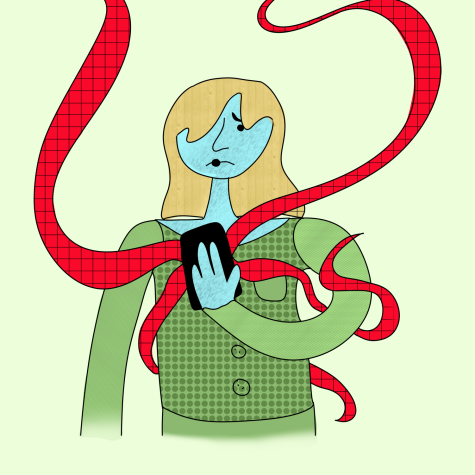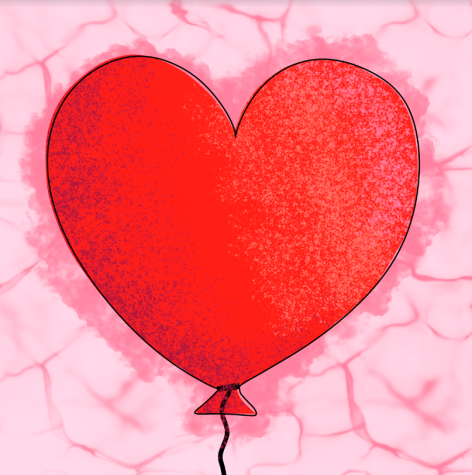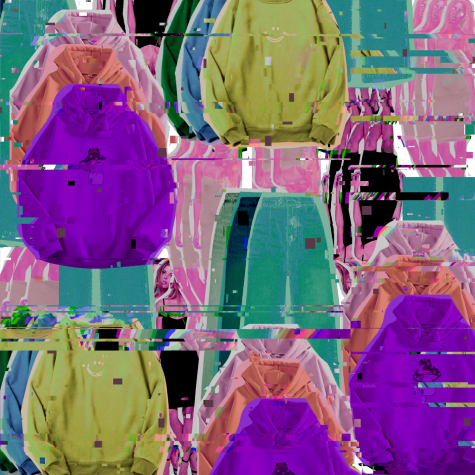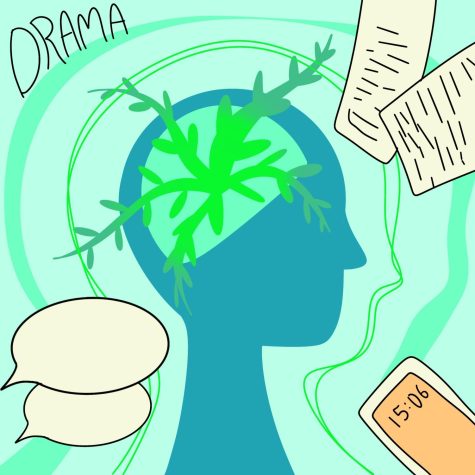Monkeypox: What It Is and How to Keep Safe
September 25, 2022
You may have heard about a troubling new virus arriving this past spring called Monkeypox. Misinformation is rampant, so what really is it? Should we be worried? Here’s all you need to know about the disease, including how to protect yourself and those around you this fall.
What is Monkeypox?
Monkeypox, otherwise known as MPX, is a viral zoonosis, meaning a disease that passes from animals to humans. It originated in and primarily occurs around central and west Africa. Symptoms start as fevers, low energy, and aches and pains, then rashes and sores develop after 1-3 days. Sores may be clustered in one area or spread out along other body parts. It can be an unpleasant process: fluid-filled lesions that may appear on the skin or mucosa irritate sensitive tissue and cause pain when swallowing, defecating, or urinating.
Should we be worried?
Is monkeypox as contagious as COVID-19? No, it isn’t, but it can still be dangerous. Worldwide, there have been 57,000 reported cases of monkeypox, with a death rate of 0.04%, many of the deaths being in parts of Nigeria where there is little access to disinfecting supplies. As of September 16th, 2022, 23,499 cases are reported in the U.S. Of those, 249 are in Tennessee. Unlike COVID, it can only be spread through direct contact with those infected or their bodily fluids. “Some good news: it doesn’t seem that people who are asymptomatic can spread it,” says Dr. David Banach, UConn Health’s hospital epidemiologist, and infectious diseases physician. Diseases such as Monkeypox evolve and spread slowly, much slower than COVID.
How to Protect Yourself and Others
Try to avoid close contact with those with rashes. In an interview with the New York Times, Dr. Van Kerkhove says, “Transmission is really happening from close physical contact, skin-to-skin contact. So it’s quite different from COVID in that sense.” It is unlikely to be spread other than through skin-to-skin contact, or contact with bodily fluids. Make sure to be cautious with all contact with those who have bodily aches and/or a fever, as these are the beginning symptoms of the monkeypox virus. Practicing good hygiene, washing, and cleaning your hands with soap can help kill pathogens. The best way to protect others if you are showing symptoms of this virus is to isolate yourself. Common household disinfectants also can rid surfaces of the virus, as well as hot water and regular detergent. Stay safe!
Works Cited
DeFrancesco, Christopher. “Monkeypox: A Brief Introduction – UConn Today.” UConn Today, 4 August 2022, https://today.uconn.edu/2022/08/monkeypox-a-brief-introduction/. Accessed 23 September 2022.
Kozlov, Max. “How deadly is monkeypox? What scientists know.” nature, nature, 13 September 2022, https://www.nature.com/articles/d41586-022-02931-1. Accessed 23 September 2022.
World Health Organization. “Monkeypox.” World Health Organization (WHO), 19 May 2022, https://www.who.int/news-room/fact-sheets/detail/monkeypox. Accessed 23 September 2022.

